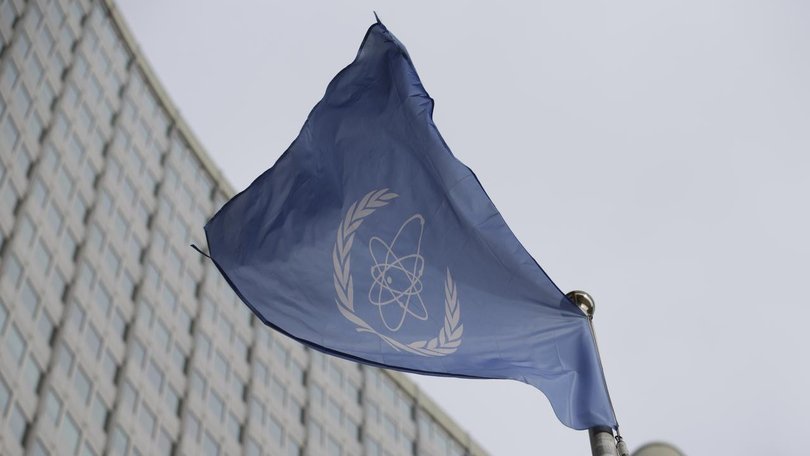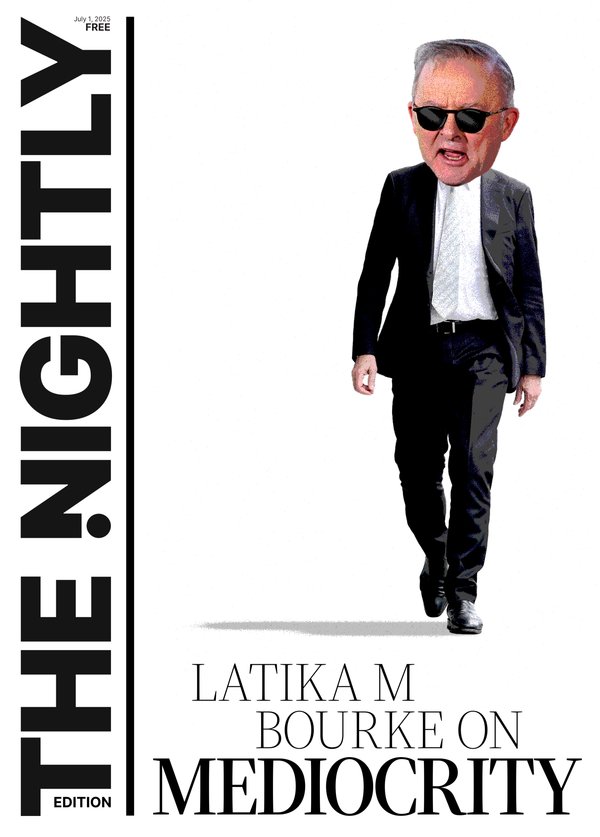UN nuclear watchdog finds Iran has further increased uranium stockpile, enriched to near weapons-grade levels

Iran has carried out secret nuclear activities with material not declared to the UN nuclear watchdog at three locations, the nuclear watchdog says.
A confidential report by the International Atomic Energy Agency (IAEA) seen by Reuters, paves the way for a push by the United States, Britain, France and Germany for the board to declare Iran in violation of its non-proliferation obligations.
A resolution would infuriate Iran and could further complicate nuclear talks between Tehran and Washington.
Sign up to The Nightly's newsletters.
Get the first look at the digital newspaper, curated daily stories and breaking headlines delivered to your inbox.
By continuing you agree to our Terms and Privacy Policy.Using the IAEA report’s findings, the four Western powers plan to submit a draft resolution for the board to adopt at its next meeting the week of June 9, diplomats say.
It would be the first time in almost 20 years Iran has formally been found in non-compliance.
Iran’s foreign ministry and the Iranian nuclear agency rejected the report, calling it “politically motivated” in a joint statement.
They said Tehran will take “appropriate measures” in response to any effort to take action against the country at the Board of Governors meeting, state media reported, without elaborating.
Tehran says it wants to master nuclear technology for peaceful purposes and has long denied accusations by Western powers that it is seeking to develop nuclear weapons.
The report summarised developments in recent years and pointed more clearly towards co-ordinated, secret activities, some of which were relevant to producing nuclear weapons.
It also spelled out that Iran’s co-operation with IAEA continues to be “less than satisfactory” in “a number of respects”.
The IAEA is still seeking explanations for uranium traces found years ago at two of four sites it has been investigating.
The IAEA has concluded that “these three locations, and other possible related locations, were part of an undeclared structured nuclear program carried out by Iran until the early 2000s and that some activities used undeclared nuclear material”.
Nuclear material and/or heavily contaminated equipment from that program was stored at the fourth site, Turquzabad, it said.
At Lavisan-Shian in Tehran, a disc made of uranium metal was “used in the production of explosively-driven neutron sources” in 2003, a process designed to initiate the explosion in a nuclear weapon, the report said.
The report is likely to lead to Iran being referred to the UN Security Council.
More immediately, it is likely to lead to Iran again accelerating or expanding its rapidly advancing nuclear program, as it has done after previous rebukes at the board.
A separate IAEA report said Iran’s stock of uranium enriched to up to 60 per cent purity, close to the roughly 90 per cent of weapons grade, had grown by roughly half to 408.6kg. That is enough, if enriched further, for nine nuclear weapons.
US intelligence agencies and the IAEA have long believed Iran had a secret, co-ordinated nuclear weapons program that it halted in 2003. Iran denies ever having had one.
